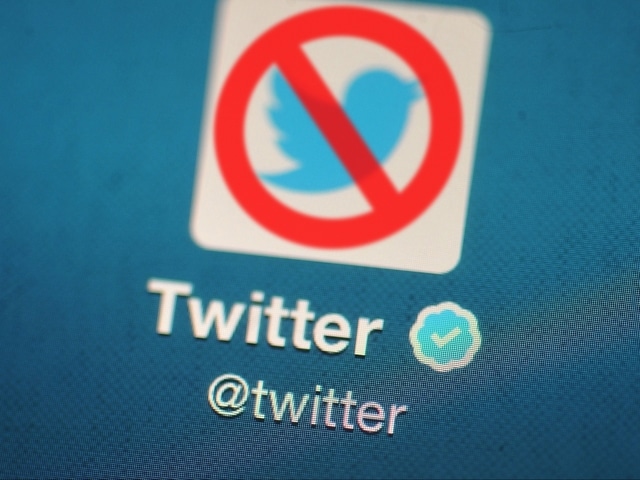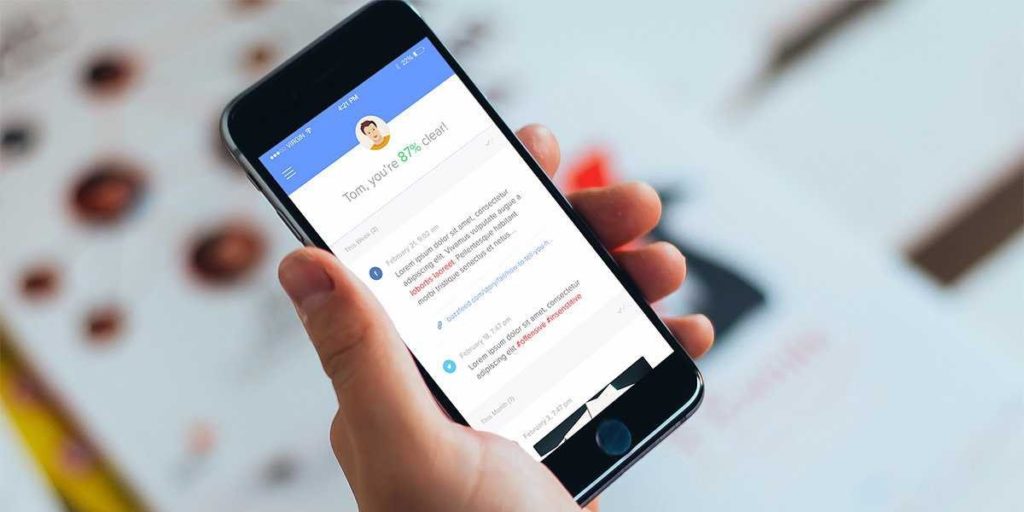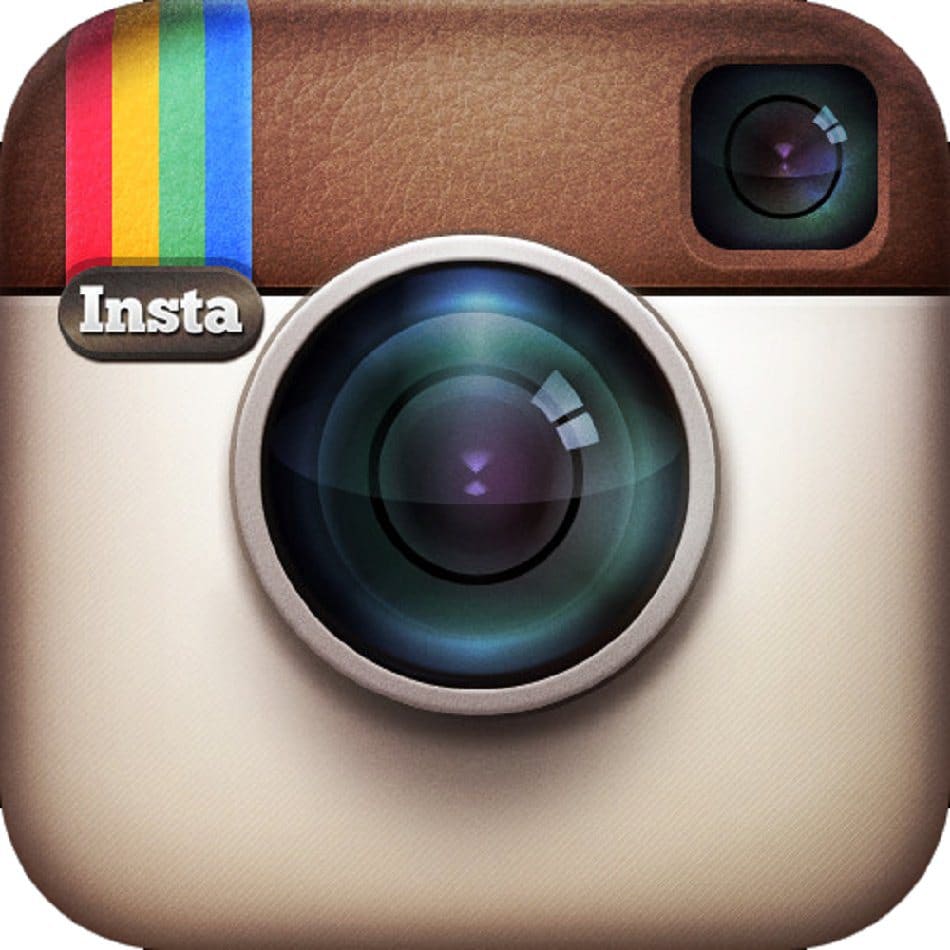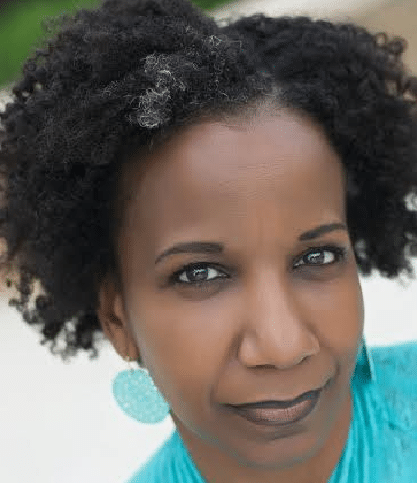Romona Foster, a Pennsylvania native, never imagined that her skills as an events planner would lead her to have a strong role in the tech field as a social media consultant. She is revered for her training style and her expertise in social media management and marketing. Foster shares her unexpected journey to becoming a social media trainer and consultant.
Q: What are three words you would use to describe your professional journey?
The first word that I would use to describe this journey is unimaginable. I would have not imagined in a million years that I would be doing what it is that I’m doing today. And I love what I do.
The second word would be difficult. When I first started doing social media management and marketing, I was out of work. Getting to this place where I am now was hard, and many people admire where I am and often think it just happened. It took a lot of hard work.
The last and final word would be amazing. When I look back at the times when I was down and out, I think about how far I have come, and the journey has been amazing. To know that people are looking for me, asking me to be places to help them, are excited about what I have to offer after all this time is still amazing to me. I thank God for the opportunity. Without Him, I wouldn’t be here.
Q: Social media management is definitely a fairly new profession in the technology industry. How far back would you date it?
For me personally, I would say 2003. This is from what I have seen. When I teach my classes, it’s important for me to share facts, and one that I share is that LinkedIn started in 2003. At that time, I didn’t know it even existed. It wasn’t until 2006 that I created a profile. Someone sent me a request. I opened an account and then didn’t look back until about 2010. According to Tom Standage (digital editor of the Economist), social media is actually 2,000 years old. He talks about his philosophy on why it is so old in an article on Tech Crunch. It’s very interesting. You should check it out.
Q: ‘Difficult’ was one of the words you used to describe your journey. What was difficult about it?
Well in 2007, I left my real job, as they would say. I was going to George Washington University for event planning and management. The program required that students do a full-time internship and 160 practicum hours. I completed everything in 2008. Unfortunately, when I was done, I couldn’t find a job; 2008 — that was when the economic crash happened, and so jobs were scarce.
Naturally, I was concerned about what I was going to do about making money. During my internship and practicum, I was building websites, doing email marketing and administrative work. So while I was unemployed, I began to assist people with those things.
Many of the [projects] I received were by request. I would go online and look things up, and then I would teach myself how to do it. I would do a lot of research, a lot of reading, and sometimes I would sign up for free trials for different programs and platforms just to gain skills to effectively help my clients.
About a year after doing this, my pastor asked me to build a Facebook page for the church. I said OK, but, in my mind, I was skeptical about doing it. Most of what I knew about Facebook was that people tend to post their personal business on the site, and that turned me off. After I did the page, other people started coming to me and asking me about how to use Facebook and LinkedIn. I had no picture on my LinkedIn page, but I updated it and started showing people how to do things but for free.
A couple of years later, I had an idea. I wondered if I did teach a class on social media management and marketing would people come. I decided to try, and so I secured a small venue and advertised the class via email and through an online calendar.
Five people showed up. When the class ended and I did the math of what I made in two hours from five people, I was amazed. The cool thing was that the people who came were people who didn’t know me at all but were interested in what I could teach them. One of the five participants expressed the class was too short and she would have liked more. So I did another class for three hours, and the feedback from that was that that class was too short. So I started a boot camp course that lasted six hours. I could not believe that I could hold people’s interest for six hours. That’s how I got started with the training component of my work. I have to give my pastor credit because if he hadn’t asked me to create that Facebook page, I might not have ever done it.
Q: You mention that you did a lot of research and reading to learn more about social media marketing. Would you say that the time you put into researching exceeded the profits you made when you started?
Yes. In the beginning, I was doing a lot more research than I was making money. Looking back now, I can say that all that reading, researching and learning was all worth it. And now, I don’t have to do that much research, but I do keep informed by reading articles and stay up to date on changing trends and new platforms.
Q: Would you consider yourself an entrepreneur in the technology field?
Yes, I would consider myself an entrepreneur of sorts — or more specifically an independent consultant.
Q: What does a typical workday look like for you?
The first thing I do when I get up at around 5 in the morning is to start posting on various platforms for my clients. My workday consists of meeting with clients, conducting webinars and trainings.
Q: You will be facilitating a workshop at the Code(Her) conference Sept. 13 in Chevy Chase, Maryland. What are some things that attendees can look forward to?
They can look forward to learning new tips and tricks that will help them manage their social media platforms in 60 minutes or less. Many of the people I train are often social media managers, so I hope that if that is the audience for the conference that they walk away learning something new. What I hope happens is that they feel more empowered about the work they are doing and realize that social media management and marketing does not take forever.
Q: What advice do you have for aspiring social media managers?
My advice is to learn as much as you can in school about social media management and marketing. However, understand that even after you gain formal training in your school, don’t assume the learning stops there. Many people consider me an expert in this field, but I don’t. Simply because I know there is always some knowledge to be gained, hence why I am always reading about new changes each and every day. I would also encourage them to get into the habit of creating a content calendar.
Q: What is a content calendar?
A content calendar is similar to an editorial calendar for a magazine. Where the editors have each issue planned out a year in advance. For me, I usually create a content calendar for my clients 30 days out. That doesn’t always work depending on how often information is coming in. So some clients need updating every day because of how quickly the information comes in.
Q: What are your overall thoughts about women, specifically women of color, in the STEM fields?
I feel like I can only talk about the technology piece, but as far as technology is concerned, know that there are a lot of women of color in the tech industry, but I have to say that I don’t run into them. And the only reason I know this is because I see them on Twitter and Facebook. I don’t see a lot of women in my region doing what I do. Many of my trainees tell me that they don’t see anyone that looks like me doing what I do.
I hope that more women of color will surface in this field. This is a great profession. It is constantly evolving.











